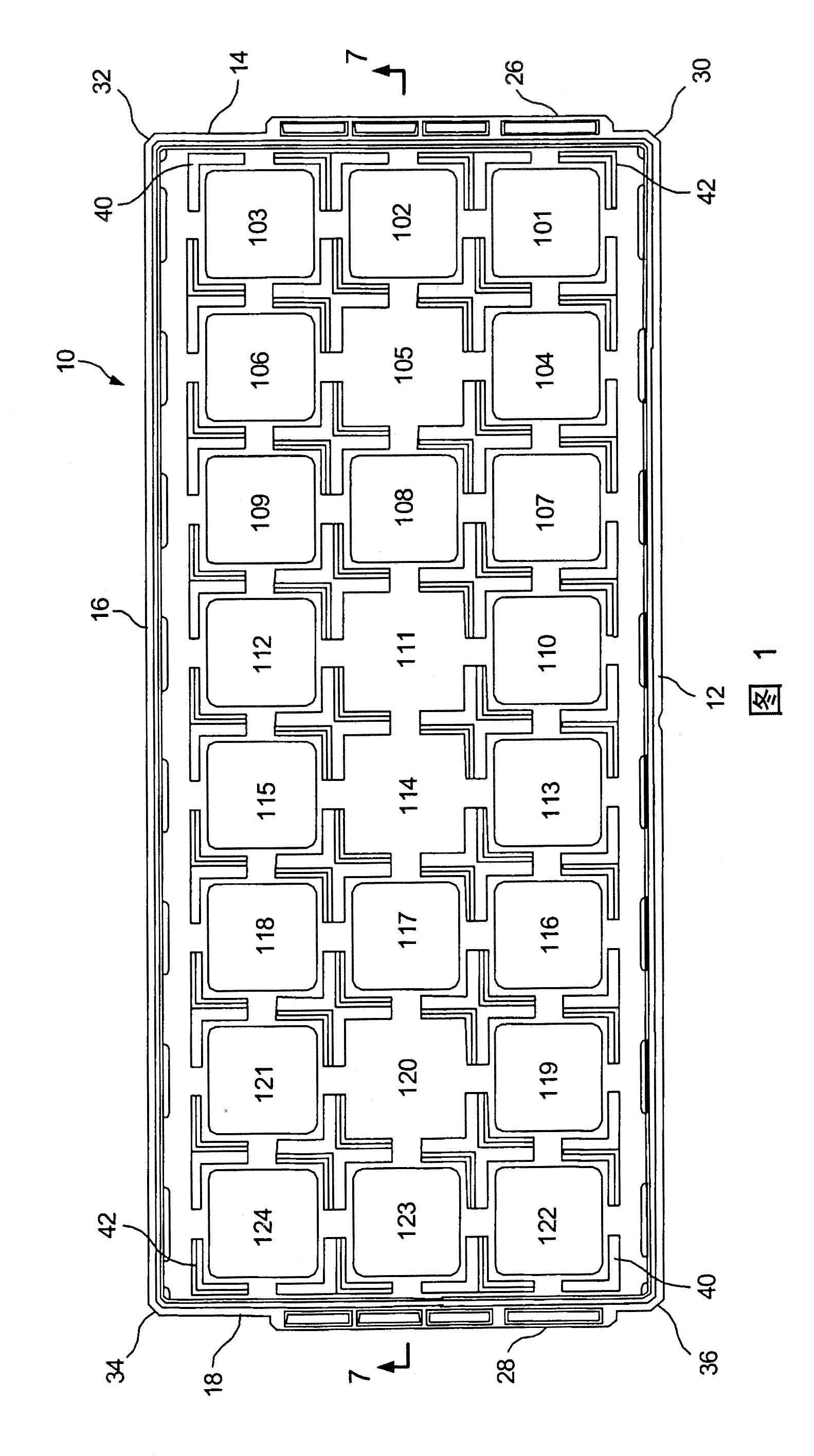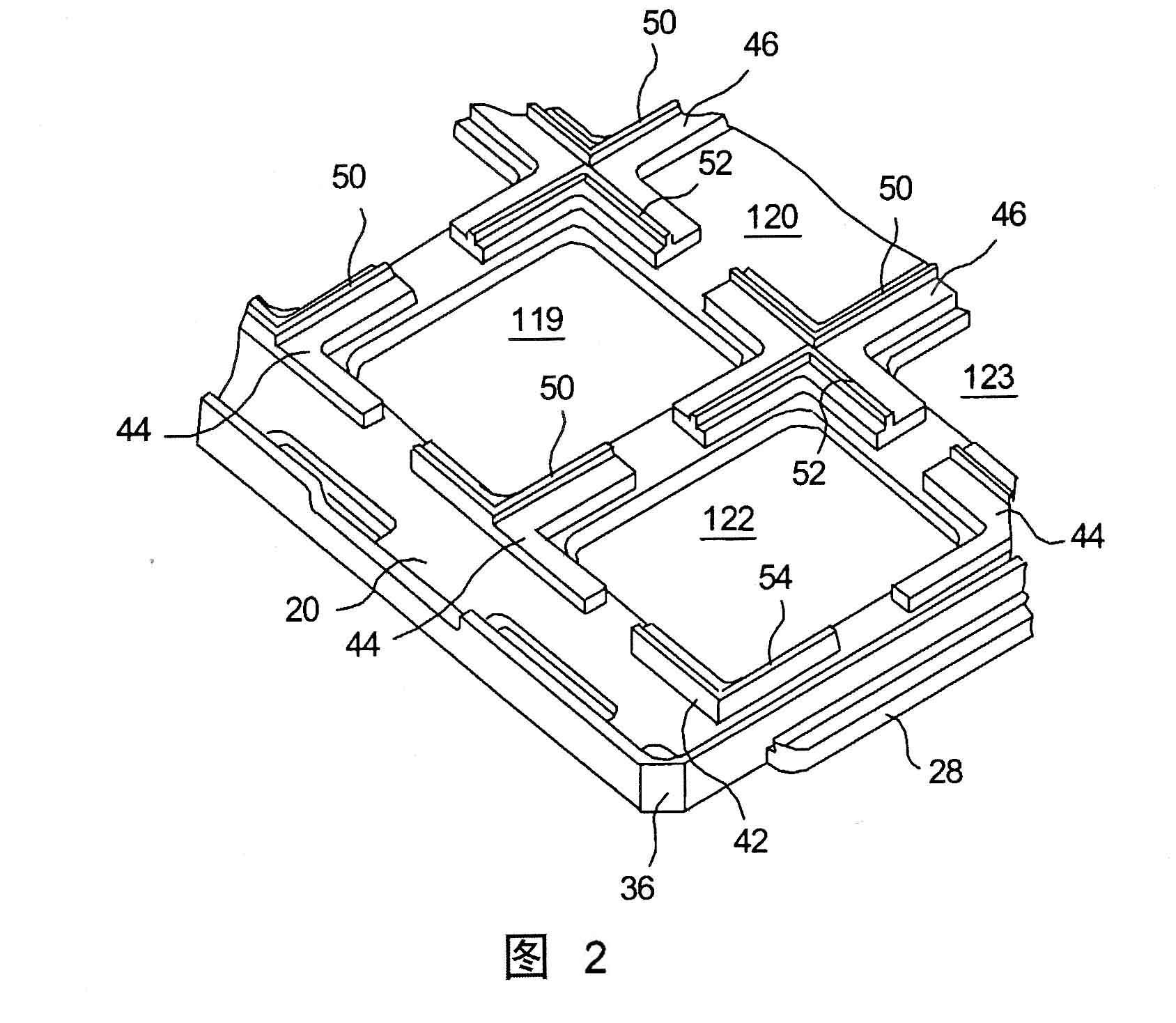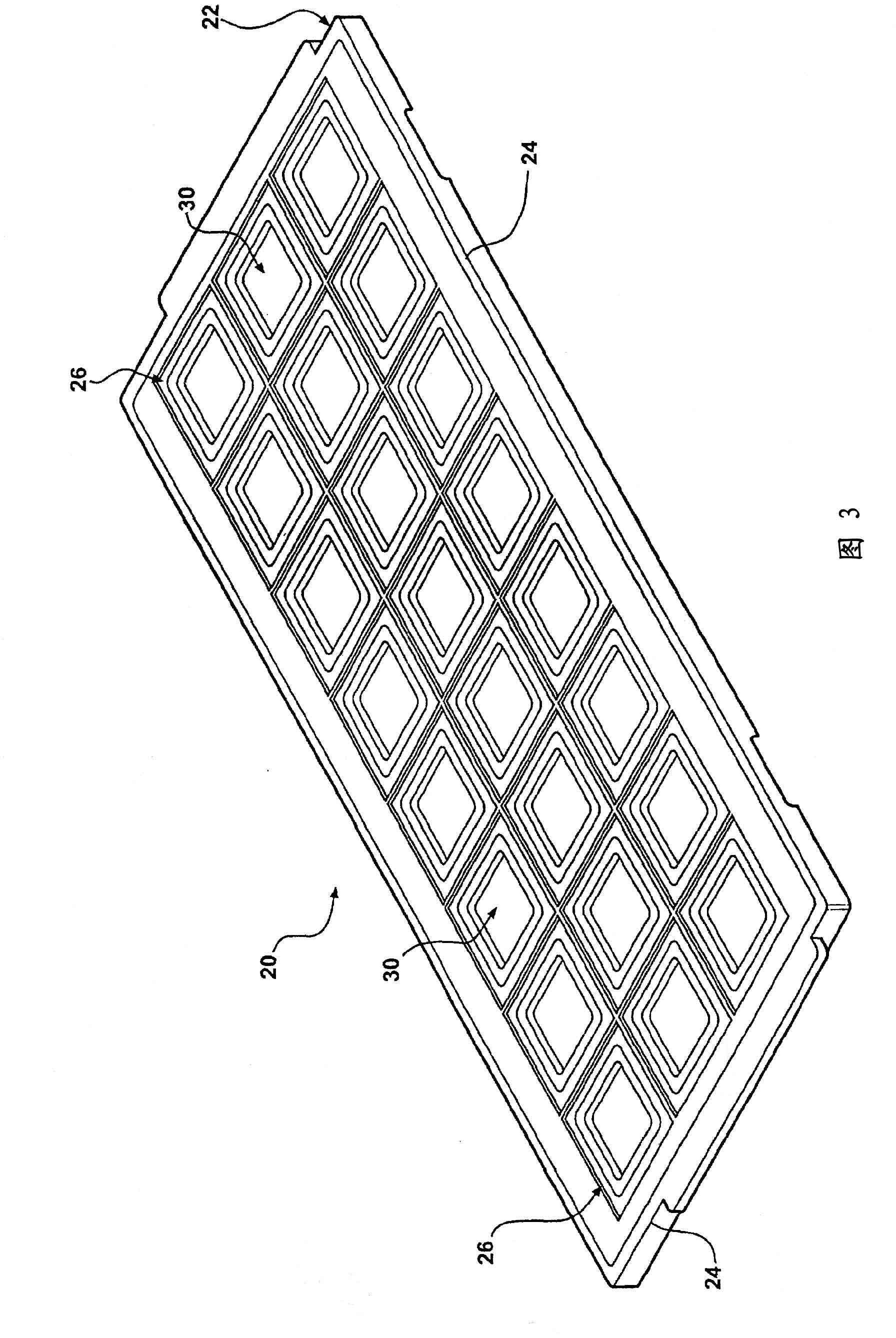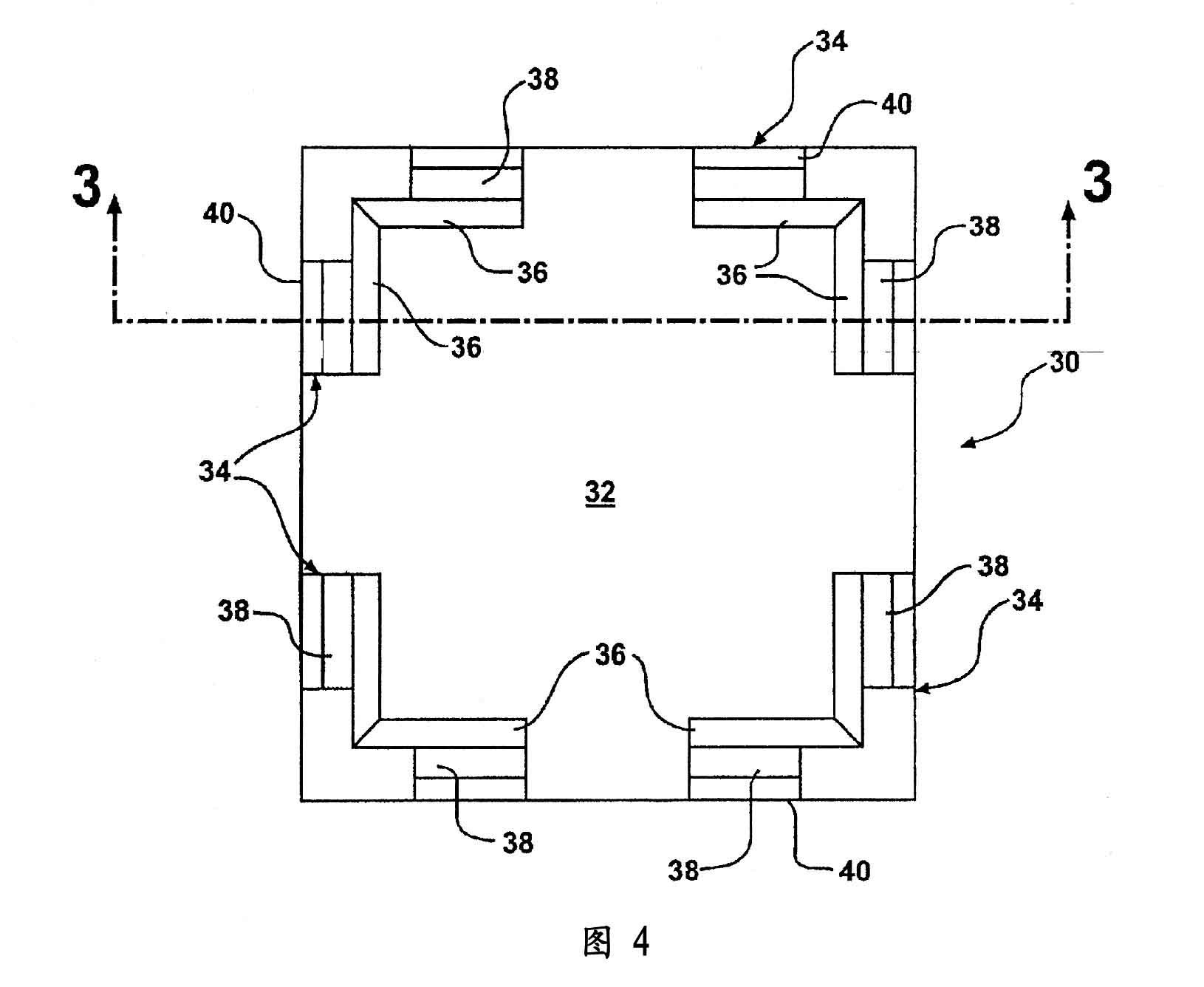LU Lili, the president of the China Brand Magazine, said that in face of current international trade situation, creating more world-renowned "Chinese brands" and promoting China's industrial value chain from the mid-to-low end to the mid-to-high end is not only an inherent requirement of China's economic development, but also a key to China's advantage in global competition. The holding of the China Brand Development Forum is to build a quality communication platform for the healthy and sustainable development of Chinese brands in the new era and contribute a valuable brand power.
(Source: China Intellectual Property Information Website)
China Intellectual Property Protection Center Pre-examination Management Platform launched
The China Intellectual Property Protection Center Pre-examination Management Platform (hereinafter referred to as the Pre-examination Management Platform) launched at the China (Guangdong) Intellectual Property Protection Center and will gradually operate in Intellectual Property Protection Centers across China. The Pre-examination Management Platform has the characteristics of full process, intelligence, customization, cloud service, etc. It integrates electronic application, registration, patent application quick pre-examination, automatic classification, quick pre-examination on reexamination and invalidation request, quick pre-examination on patent evaluation report processing, credit management, intelligent auxiliary examination and other functions, and can realize the electronic management in the whole process, and provide the unified government service for the China Intellectual Property Protection Center with rapid authorization and quick right confirmation.
According to reports, the Pre-examination Management Platform is mainly divided into two parts: an electronic application system and a protection center pre-examination management system. The electronic application system mainly provides an application body with a request window for registration, patent application, reexamination and invalidation and patent evaluation report pre-examination; the protection center pre-examination management system mainly provides registration approval and review of patent application, reexamination and invalidation and patent evaluation report pre-examination, and report management functions for the protection center staff. The Pre-examination Management Platform was developed for one year by the China Patent Information Center, which was entrusted by the China National Intellectual Property Administration, based on the actual needs of Intellectual Property Protection Centers after visiting and investigating the Intellectual Property Protection Centers in different places. The Pre-examination Management Platform is dedicated to building a pre-examination management cloud service platform for protection centers and application bodies, providing a standardized pre-examination management process for the protection centers and solving various differentiation problems brought about by decentralized construction. At the same time, the Pre-examination management platform is also committed to constructing a data center for the pre-examination business of each protection center, and plays a decision-supporting role on policy formulation and business management of the relevant administrative departments of the China National Intellectual Property Administration.
(Source: China Intellectual Property News)
China cracks down on infringement and counterfeiting
China's administrative enforcement and judicial protection of intellectual property protection have been significantly strengthened. In 2018, China's administrative enforcement authorities investigated and dealt with 215,000 cases of infringement and counterfeiting, including 77,000 patent infringement and counterfeiting cases, 31,000 trademark violation cases, and more than 2,500 infringement and piracy cases. The Customs seized 47,200 batches of inbound and outbound infringing goods, involving 2480 cases. The public security organs cracked more than 19,000 cases of infringement and counterfeiting. The inspection office arrested 5,627 persons involving 3,306 cases of intellectual property infringement crime. The Chinese courts concluded nearly 320,000 cases of various types of intellectual property rights, up 41.6% year-on-year. Infringing and counterfeiting goods were destroyed according to law, and China harmlessly destroyed about 3,500 tons of infringing and counterfeit goods. These highlight the consistent position and firm determination of the Chinese government to crack down on infringement and counterfeiting and protect intellectual property rights in accordance with the law.
The State Council Information Office held a press conference on the 15th of May. GAN Lin, the deputy director of the State Administration for Market Regulation, GAN Shaoning, the deputy director of the China National Intellectual Property Administration, and the relevant persons in charge of the Supreme People's Court of China and the General Administration of Customs, P. R. China introduced the Report on New Progress of China Intellectual Property Protection and Marketing Environment (2018) and answered questions from reporters.
GAN Lin pointed out that the infringement and counterfeiting has caused harm to economic, social, cultural and ecological aspects. The Chinese government’s stance on cracking down on infringement and counterfeiting is clear and firm.
In the next step, the Chinese government will focus on the following tasks:
First, strengthen overall planning, follow the principles of governance according to law, combined prevention and construction, coordinative arrangement, and social co-governance, deepen the promotion of intellectual property protection, and continue to strengthen efforts to combat with infringement and counterfeiting.
Second, innovate the supervision method, speed up the establishment and improvement of a new type of supervision mechanism based on credit supervision using “double randomness and one openness” as the basic means, supplemented by key supervision; accelerate the application of new technologies and new means, improve clue discovery, traceability and precision striking ability.
Third, increase punishment, adhere to problem orientation, and strengthen governance on key areas, key commodities, and key markets. Continue to carry out cross-departmental, cross-disciplinary and inter-regional joint anti-counterfeiting, and increase efforts to investigate the source of counterfeiting, repeated infringement and malicious infringement. Strengthen criminal blows and judicial protection, promote information disclosure and joint punishment, greatly increase the cost of illegal activities, and let the offenders pay a heavy price.
Fourth, crack down on cross-border crimes. Establish and improve multi-bilateral law enforcement cooperation mechanisms, strengthen clues and case investigations, strengthen overall coordination and information feedback, strengthen work exchanges and experience sharing, jointly combat with cross-border crimes, help the construction of the “Belt and Road” and promote the healthy development of the global economy.
(Source: People.cn)
China becomes the fourth largest patent importer in the world
The reporter learned from the 2019 China Intellectual Property Protection High-level Forum held in Beijing a few days ago: by the end of 2018, the total number of invention patents in 31 provinces, districts and municipalities in China was 1.602 million pieces, and the number of invention patents per 10,000 population reached 11.5 pieces. The number of valid trademark registration is 19.546 million pieces, and an average of 5.8 market entities own one valid trademark. China has become a veritable intellectual property power.
China has continuously improved its ability to register and examine intellectual property rights, promoted the construction of world-class examination institutions, and established a team of more than 13,000 patent and trademark examiners. Last year, a total of 808,000 invention patent applications, 1.874 million utility model applications, 667,000 design applications, and 8.043 million trademark registration applications were concluded.
According to the survey, social satisfaction in intellectual property protection has increased from 63 score in 2012 to 76 score in 2018. Francis Gurry, the Director General of the World Intellectual Property Organization (WIPO), expressed his congratulations on China's extraordinary achievements in the field of intellectual property for 40 years in the keynote speech of the 2019 China Intellectual Property Protection High-level Forum. He believed that China has become a model for global intellectual property creation and protection.
Since the reform and opening up, China has established a relatively complete and high-standard intellectual property legal system, and has gone through the legislative process that developed countries usually complete in decades or even hundreds of years. China has continuously strengthened the judicial protection of intellectual property rights and has become the world's largest country in hearing intellectual property cases, especially patent cases. In 2018, China paid up to 35.8 billion US dollars for foreign intellectual property rights, having become the world's fourth largest patent importer.
(Source: China Intellectual Property Information Website)
Beijing Customs: protect enterprise patent rights and optimize port business environment
Under the unified leadership of the General Administration of Customs, Beijing Customs has made concerted efforts to combat with infringement in accordance with law and actively cultivate innovation in order to optimize the business environment in Beijing. In 2018, Beijing Customs detained 10,369 batches of suspected infringing goods, including 30,000 pieces, with a total value of RMB 6.35 million. The batches and case values have increased significantly year-on-year, successfully protecting Nike, Adidas, GUCCI and other internationally renowned brands, and Chery, Shantui and other domestic independent brands, effectively curbing the import and export of infringing and counterfeiting goods at the Beijing port.
Due to the hidden and professional nature of patent infringement, in the past, customs enforcement mainly adopted the “passive” mode, but this model required the right holder to provide sufficient evidence on his/its own, submit equivalent guarantee costs, note by note, and obtain the written notification of seizure of goods from the people’s court. Notice that the cost is high and the timeliness is poor. It is easy for the infringer to detect in advance and adopt evasive measures, which will lead the case to a stalemate. Through careful preliminary investigations, Beijing Customs confirmed the existence of suspected infringement, assisted the right holders to expeditiously handle the customs filing of intellectual property rights, turned the case into a “proactive” protection procedure, realizing long-term “monitoring” of export infringing goods, improving case handling efficiency while saving the company's right protection costs, fully embodying the institutional advantages of intellectual property customs protection.
In terms of innovation cultivation, Beijing Customs has tailored protection plans for 10 key cultivated enterprises such as Xiaomi, Lenovo, Beiqi Foton and NUCTECH, and invited the national customs to increase the protection of export-oriented intellectual property advantage enterprises in Beijing. A 24-hour liaison mechanism has also been established to coordinate and resolve issues such as rights protection and customs clearance for right holders' enterprises more than 30 times, effectively enhancing the company's sense of gains.
(Source: China Intellectual Property Information Website)
Dragon IP participates in the signing ceremony of the Beijing-Tianjin-Hebei intellectual property service brand cooperation agreement
On May 9th, under the guidance and support of the China National Intellectual Property Administration (CNIPA), the signing ceremony of the Beijing-Tianjin-Hebei National Intellectual Property Service Brand Institution Cooperation Mechanism Cooperation Agreement was successfully held in Tianjin. The signing ceremony was hosted by GUO Wenqiang, the deputy director of the Tianjin Intellectual Property Office. JIANG Wei, the director of the Intellectual Property Utilization and Promotion Department of the CNIPA, YANG Dongqi, Secretary of the Party Group of the Beijing Intellectual Property Office, LAN Zhaoqi, the Deputy Director of the Tianjin Intellectual Property Office, and GAO Zhenfeng, the director of the Hebei Intellectual Property Office attended the event and delivered a speech. Dragon IP participated in the signing ceremony as a member of Beijing and the national service brand organization.
At the signing ceremony, initiative units of the Beijing-Tianjin-Hebei Cooperation Agreement and representatives of the brand service agencies signed a strategic cooperation agreement. After the signing of the agreement, the intellectual property service brand agencies from the three areas introduced the situation of providing high-end services to enterprises.
Dragon IP will continue to give full play to the advantages of service brand agencies, offer high-quality and high-efficiency services for customers, and contribute ideas and strength to the development of the intellectual property industry.
Specials and Practice of Attorney
Thoughts on “amendments going beyond the scope of disclosure" caused by adding non-literally described contents
Introduction
Article 33 of the PRC Patent Law provides: “An applicant may amend his or its application for a patent, but the amendment to the application for a patent for invention or utility model may not go beyond the scope of disclosure contained in the initial specification and claims, and the amendment to the application for a patent for design may not go beyond the scope of the disclosure as shown in the initial drawings or photographs”. Further, Section 5.2.1.1, Chapter 8, Part 2 of the Guideline for Patent Examination provides "The scope of disclosure contained in the initial specification and claims includes the contents described in the initial specification and claims, and the contents determined directly and unambiguously according to the contents described in the initial specification and claims, and the drawings of the specification”.
In attorney’s practice, the applicant expects to overcome substantive defects in terms of novelty, inventiveness, etc. by amending claims while pursuing the maximum or most suitable protection scope. Therefore, it is sometimes risky to introduce contents that are "undetermined", "hard to be determined", or "indirectly determined” from the original specification and claims by amendments.
Here, as for such amendment way of incorporating "non-literally described features", how to reasonably determine whether "amendments going beyond the scope of disclosure" and how to deal with it will be explored below in conjunction with a case assumed based on the author's experience in attorney’s practice.
"Non-literally described features” are added.
In attorney’s practice, when amending claims based on the description of the specification (including the drawings), corresponding amendments made based on the drawings or the contents that may go beyond the scope of disclosure should be particularly careful and cautious.
Suppose that there is a patent application entitled "Tray for XXXX", in which, independent claim 1 recites:
"A tray for XXXX, comprising:
a plurality of storage compartments (119, 120, 122, 123), said storage compartments (122) being defined at corners thereof by support elements (52, 54);
said support elements including frame-like protrusions to fix integrated circuit chips in a direction perpendicular to the tray;
said frame-like protrusions including inwardly offset ridges (52, 54) at a first pair of diagonally opposing corners of each storage compartment to fix integrated circuit chips in directions parallel to the tray,
said frame-like protrusions including outwardly offset ridges (44) at a second pair diagonally opposing corners of each storage compartment thereby forming inwardly offset ridges (50) of adjacent storage compartments (119) to fix integrated circuit chips in adjacent storage compartments in directions parallel to the tray.”
The relevant drawings are shown in Figs. 1 and 2 given below.
 Fig. 1
Fig. 1
 Fig. 2
Fig. 2
It is assumed that after entering into the substantive examination stage, the examiner finds the closest reference document, and based on the reference document, identifies all features recited in the above claim 1 have been disclosed by the reference document, so the present invention does not have novelty as compared with the reference document. Here, Figs. 3 and 4 show the main technical contents of the reference document.
 Fig. 3
Fig. 3
 Fig. 4
Fig. 4
As can be seen by comparison, when a tray is used to fix, for example, an integrated circuit chip, the present invention uses only support elements disposed on a pair of inwardly offset ridges, as shown by reference signs 52, 54 in Fig. 2, to fix the chip. In contrast, Fig. 4 in the reference document shows the use of four support elements to fix the chip. Accordingly, the present invention is easier to shape than the reference document, and the fixing effect is also better in horizontal and vertical directions. Therefore, the present invention should be novel and inventive in comparison with the reference document.
In order to further clarify the difference from the reference document, the invention point directed to the use of only support elements disposed on a pair of inwardly offset ridges for achieving fixing effect is highlighted, and according to the contents shown in Fig. 2, the features such as “the storage compartments having a center”, “the first pair of diagonally opposed corners being spaced a first distance from the center of the storage compartment”, “the second pair of diagonally opposed corners being spaced a second distance from the center of the storage compartment” and “the second distance being greater than the first distance” are added to claim 1. For the present invention, the storage compartment shown, for example, by reference sign 122 in Fig. 1, has an unequal distance between the two diagonal lines passing through the center due to the fact that only one pair of diagonally disposed inwardly offset support elements are provided. Thus, the chip is fixed using only the support elements on a pair of ridges that are shorter in distance.
The attorney believes that the above-mentioned added features are not clearly described in the original specification and claims, but belong to the contents that can be determined by those skilled in the art based on the drawings and the well-known techniques grasped thereby, and the added feature is to highlight the differences from the reference document, but not to extend the scope of protection in order for the applicant to obtain improper benefits.
The content of the invention that contributes to the prior art, although not defined in the original claims, has been explicitly embodied in the drawings of the specification. Specifically, as described above, features newly added to independent claim, such as "center point", "first and second distances", and "qualitative relationship of first and second distances in length" are contents that can be all determined from Fig. 1 of the present invention, and are uniquely determined by those skilled in the art, without drawing contrary or other different conclusions.
Therefore, the attorney believes that in this case, the examiner would not assert the contents that can be uniquely and unambiguously determined by a person skilled in the art from the original application documents go beyond the scope of disclosure contained in the original application just because of being not clearly described in the original application documents, and the contents that can be qualitative or quantitative according to the drawings would be also considered.
Of course, in order to avoid the defect of amendments going beyond the scope that may cause during the amendments, important features should be particularly described in text form when drafting the application documents, and especially for those that may reflect the contribution of the invention technology, they should be described in text form as clear as possible. If some technical contents can be made to correspond to the literal description of the specification and drawings, the "double insurance" can be realized in term of amendment basis, reserving large space for future application amendments.
If you have any questions, please contact us by Tel: 0086-10-82252547, Fax: 0086-10-82250563, and Email: marketing@dragonip.com.
